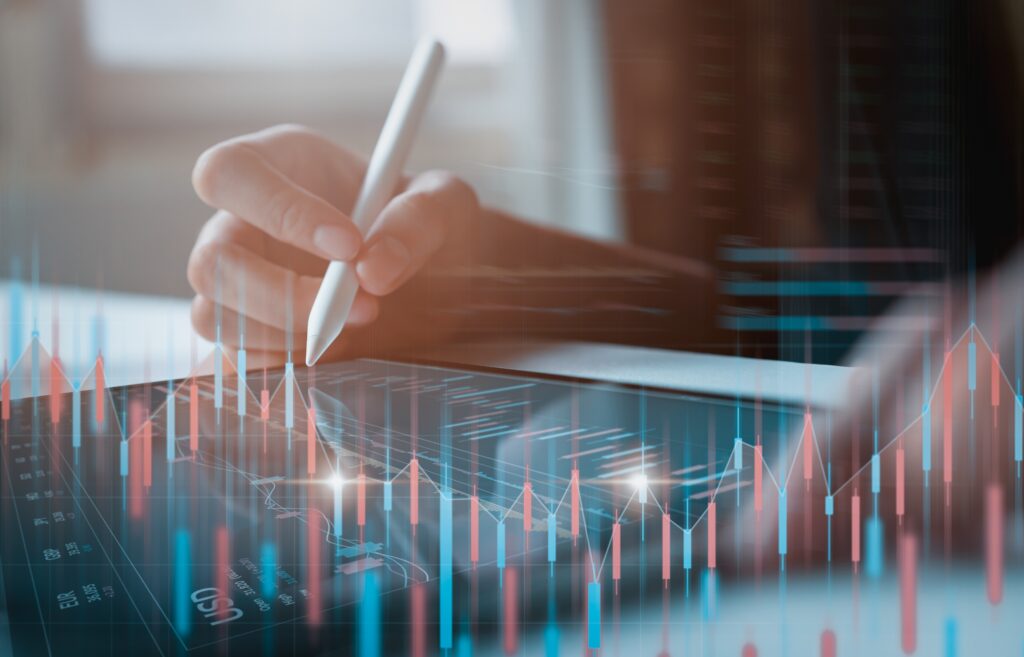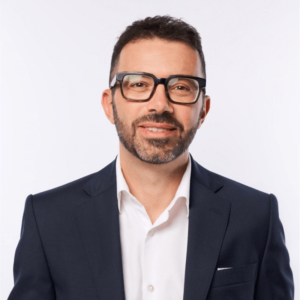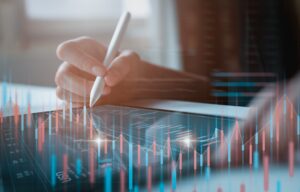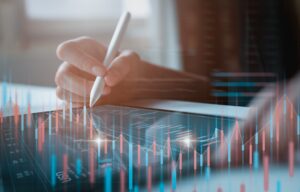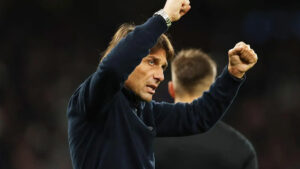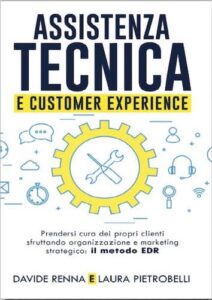From football to tennis: my personal process for identifying, testing, and consolidating a replicable investment model.
Why Create a New Investment Model in Sports Trading (and Why Now)
After twenty years of sports trading and hundreds of tests, this year I finally decided to devote myself to creating a new investment model focused on tennis. Not because tennis is new to me – on the contrary, I’ve followed and traded on it for over two decades – but because for the first time, I feel truly free, stable, and focused.
The launch of our investment fund dedicated to Sports Trading was the catalyst: it marked the beginning of a new phase, a new level of operational maturity.
But in truth, this process of creating a scalable model isn’t entirely new to me.
It’s the same one that, almost unconsciously, led me to develop my main football trading model twenty years ago—and which I recreated two years ago with my model on minor leagues in collaboration with Luca Tedeschi.
The 5 Stages of Model Investment Creation
Building a model means identifying recurring patterns, testing them, refining them, and making them scalable.
It may seem like a technical process, but it requires deep mental, emotional, and especially strategic work.
Here are the main phases I’m currently following:
1. Observation
It all starts with observation. This is the creative, intuitive phase where you listen and watch.
Lately, for example, I’ve been watching many tennis matches as the ATP 1000 tournament in Monte Carlo unfolds. Without rushing, I’ve allowed ideas and insights to emerge – because this stage is about inspiration, not confirmation.
2. Pattern Recognition
Then comes the hunt for patterns – repeating, recognizable dynamics that can be anticipated.
For instance, this week I noticed how often the favorite loses the first set, causing their odds to rise significantly and creating a promising investment window.
3. Pattern Testing
Once I’ve identified one or two patterns, it’s time to test.
Next week I’ll focus entirely on watching matches that align with these scenarios and test my model without interference – collecting data and tracking key metrics.
4. Correction and Prototyping
Based on the data collected, I refine the strategy.
Maybe my entry point was too early, my exit too late, or the odds range needs narrowing. This phase is both technical and reflective: it’s where the model takes shape.
5. Extended Experimentation
At this point, the prototype is ready for a broader testing phase – more events, more time.
And more mistakes to learn from. Only this way can a model become solid and applicable at scale.
The Cyclical Phase: Continuous Improvement
The real qualitative leap happens when you stop seeing experimentation as a “beginning” phase and start living it as a continuous cycle: Observe – Refine – Experiment – Observe again.
This is the same cycle I’ve followed for years with my football model. After 20 years, it’s no longer a test—it’s an ongoing refinement process with minor seasonal tweaks, or even none at all.
That’s the final goal: a living, evolving model that thrives not on rigidity but on the strength of its process.
Beyond Sports Trading: A Replicable Investment Model
What excites me most about this process? The fact that it’s completely replicable in any form of investment -from real estate to stocks, to business model development.
The principle is the same:
- Observe
- Identify patterns
- Test
- Refine
- Scale experimentation
- Optimize continuously
From Model to Strategic Asset (Not Just Operational)
Over the years, I’ve learned that a solid model isn’t just an operational tool – it’s a true strategic asset.
Its mere existence is more valuable than its short-term profit. A validated, functional, and continuously updated model can generate stable returns over time, adapt to market conditions, and withstand tough periods thanks to its structure.
It’s an asset. And like any asset, it can be enhanced, protected, and scaled.
One more key point: every well-built model is a prerequisite for scalability. If I want to automate parts of my process (which I do and will continue to do), I need a clear, validated, repeatable structure.
Without a model, there’s nothing to delegate. With a model, I can build algorithms, predictive tools, and semi-automated systems that lighten the operational load—without taking away the joy of doing this incredible work.
I don’t believe in full automation – it would bore me! But I do believe in technology that empowers, saves time, and amplifies decision-making capabilities – leaving me with the most rewarding part: thinking and acting.
The Mindset Behind Every Method
What I’ve realized over the years is this: you can’t build a model unless you’ve first built your inner freedom – the freedom to observe without judgment, to fail without self-condemnation, and to allow your vision to emerge without anxiety over results.
The model is the consequence. The mindset is the cause.
Building a model is about giving form to chaos. It requires technical skill, of course—but also intuition, patience, and a deep commitment to trust the process, even when results are slow to appear.
My tennis model has only just begun, but once again, the journey is the most important part.
If you’re trying to build your own model – whether in sports trading or any other field – start by observing. Then never stop.


